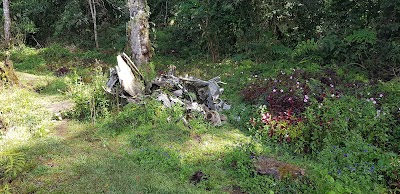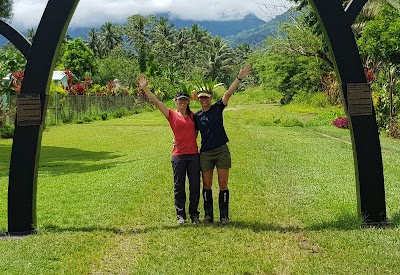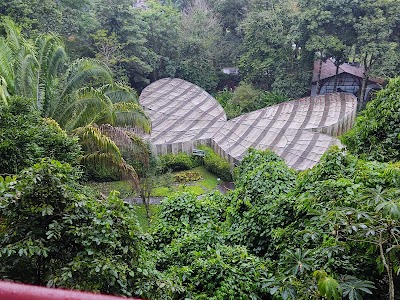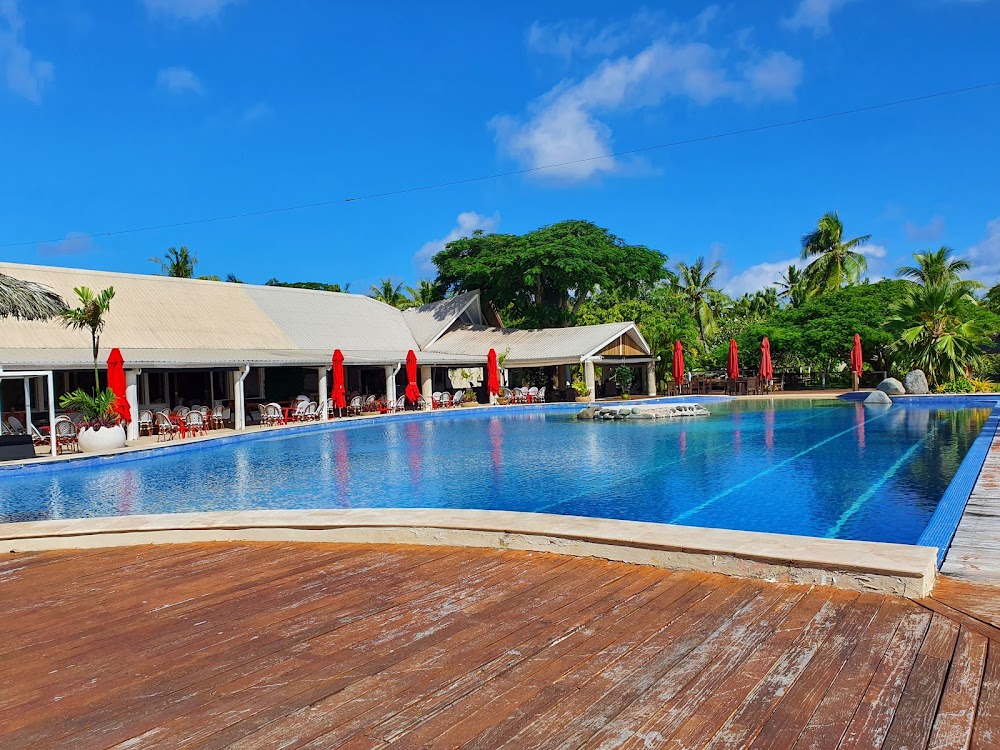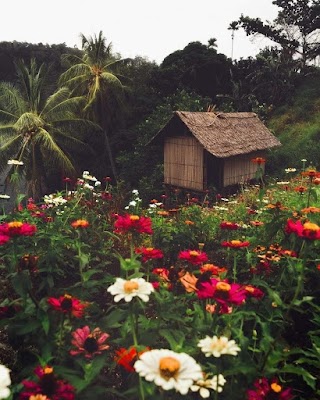Kokoda Track (Kokoda Treik)
Overview
The Kokoda Track: A Journey Through History and Nature
The Kokoda Track, nestled in the stunning Oro Province of Papua New Guinea, is a world-famous trekking route renowned for its rich history and breathtaking natural beauty. Spanning approximately 96 kilometers (60 miles) through the rugged Owen Stanley Range, this trail is one of the most significant and challenging hiking experiences globally. It promises not only an adventurous trek but also an emotionally resonant journey through one of the pivotal battlegrounds of World War II.
Historical Significance
During the Second World War, the Kokoda Track was the site of fierce battles between Japanese and Allied forces, particularly Australian troops, in 1942. This conflict, known as the Kokoda Track Campaign, played a crucial role in halting the Japanese advance toward Port Moresby, which would have given them a strategic foothold in the Pacific. The bravery of the soldiers, affectionately known as "Diggers," and the invaluable support from the local Papuans, referred to as "Fuzzy Wuzzy Angels," have forever etched the Kokoda Track into the historical narrative of both Papua New Guinea and Australia.
Adventure Awaits
Walking the Kokoda Track is both a tribute to its historical significance and an exhilarating adventure through some of the world's most pristine landscapes. The trek typically takes between 6 to 12 days, depending on hikers' pace and fitness levels. Adventurers will navigate dense rainforests, cross high mountain ridges, ford swift rivers, and traverse muddy paths, all while experiencing the warm hospitality of the local Koiari and Orokaiva people.
The Challenge of the Trek
The physical demands of the trek are substantial, with terrain ranging from steep inclines to sticky tropical mud, and weather conditions varying from sweltering heat to heavy rains. However, those who persevere will be rewarded with spectacular views of lush greenery, misty clouds enveloping mountaintops, and the serene sounds of the jungle. Each step deepens your appreciation for the natural and historical tapestry of the region.
Noteworthy Sites Along the Track
For history enthusiasts, certain points along the track are particularly significant. Key sites include Owers' Corner, often the starting point for treks; the Isurava Memorial, which honors the Australian soldiers who fought and died there; and the remnants of Myola, a logistical base for Allied forces. These locations serve as vivid reminders of the sacrifices and strategies that shaped the war in the Pacific.
Preservation of History
An intriguing aspect of the Kokoda Track is its preservation. Unlike many other famous hiking routes, it remains largely as it was during World War II. Efforts to maintain its natural state and historical integrity allow trekkers to experience the track much like the soldiers did over 80 years ago. This authenticity enriches the journey, transforming it into a living history lesson set against one of the world's last great wildernesses.
Cultural Connections
Beyond its historical significance, the Kokoda Track serves as a vital cultural link between the peoples of Papua New Guinea and Australia. It stands as a symbol of shared history and a bridge fostering ongoing friendship and respect. Commemorative services and events, such as the ANZAC Day Dawn Service at Isurava, attract visitors from both countries, honoring the legacy of those who fought along the track.
Preparing for the Trek
For those planning to traverse the Kokoda Track, physical readiness is crucial due to the trail's demanding nature. Many tour operators offer guided treks, providing porters, logistical support, and invaluable local insights that enhance both safety and enjoyment. Proper preparation—including physical training, sturdy footwear, weather-appropriate clothing, and a solid understanding of the track's history—will contribute to a successful and memorable adventure.
A Journey of Endurance and Reflection
The Kokoda Track is a powerful testament to human endurance, courage, and the profound connections forged in the crucible of conflict. For those who embark on this journey, it offers not only a trek through spectacular terrain but also a deeply moving pilgrimage through the echoes of history, fostering a profound appreciation for the sacrifices of those who walked before and the resilient spirit of the people of Papua New Guinea.


